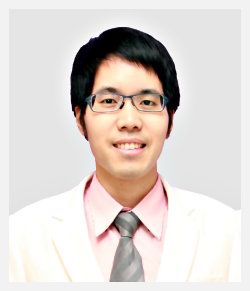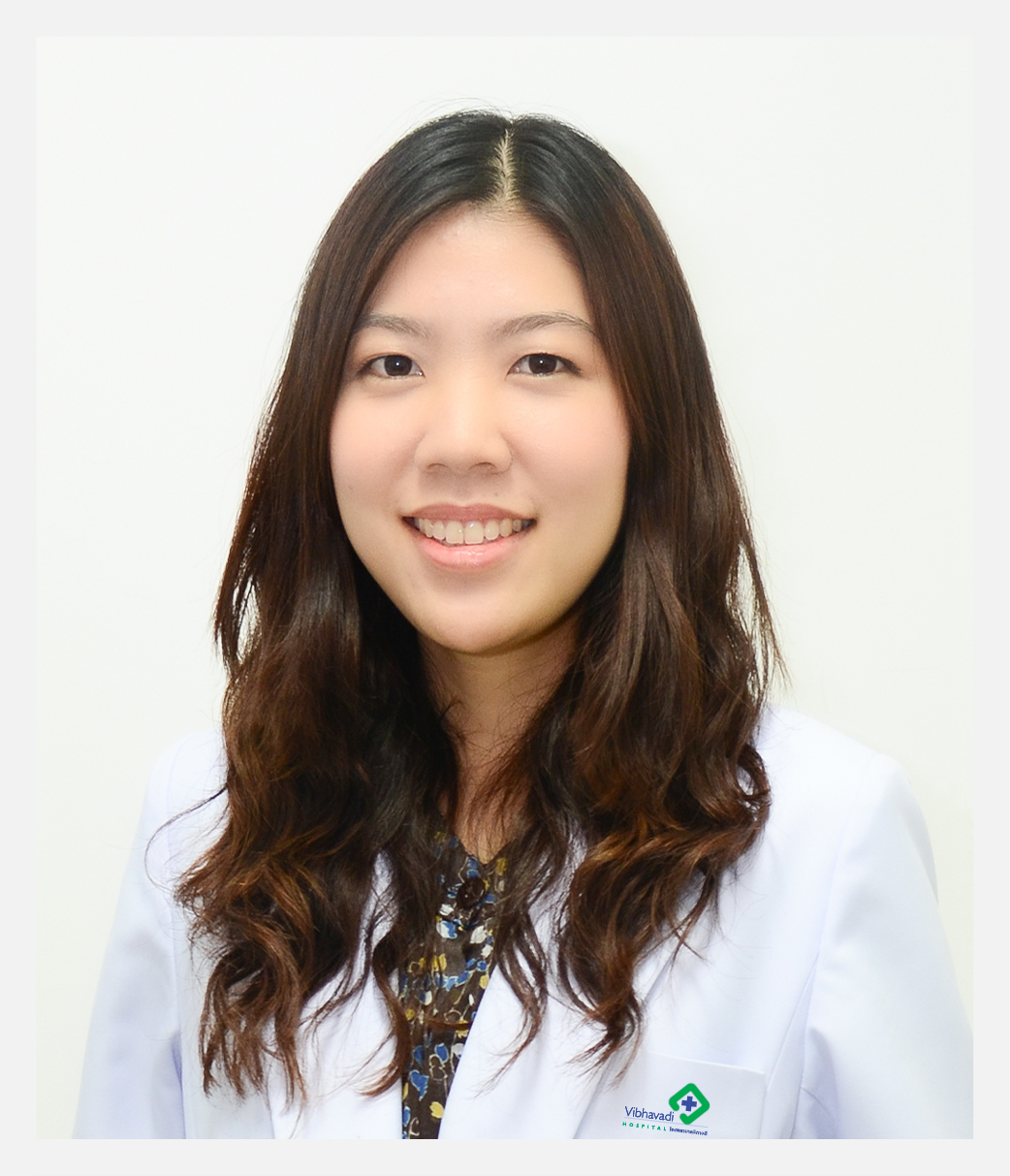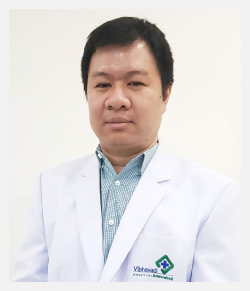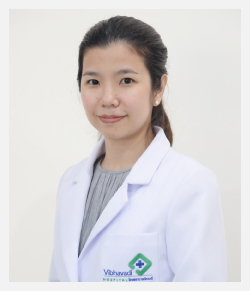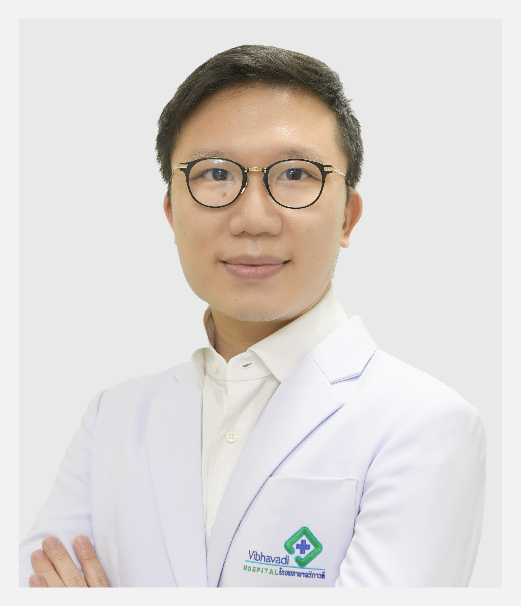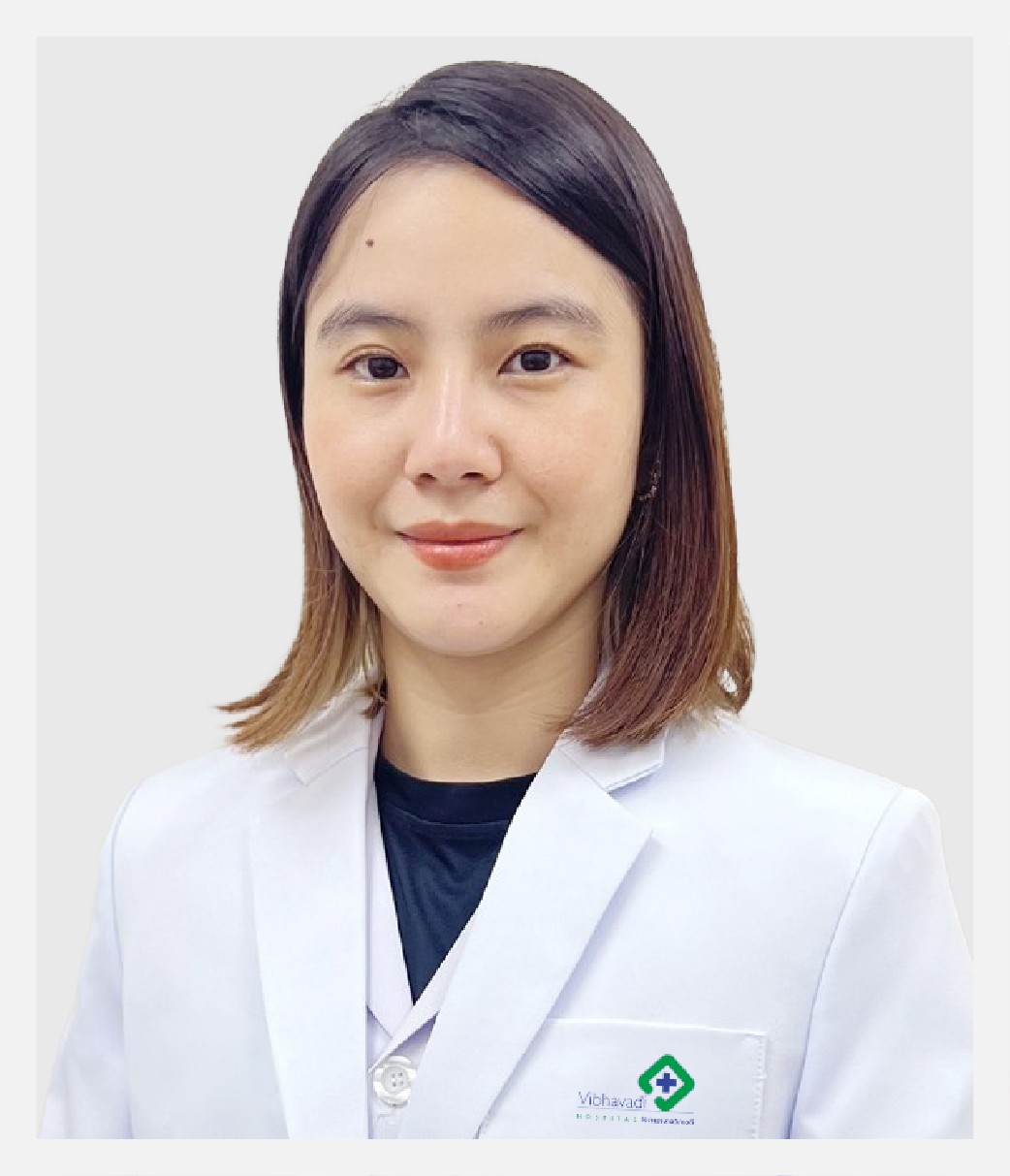Amblyopia

Key Takeaway
Amblyopia, or “lazy eye,” is a vision disorder where one or both eyes have reduced vision even though the eye’s structure is normal. The brain begins to ignore signals from the weaker eye, preventing full visual development.
Common causes include eye misalignment (strabismus), unequal refractive errors (shortsightedness, farsightedness, or astigmatism), congenital cataracts, or retinal abnormalities. Without early treatment, it can result in permanent vision loss. Treatment focuses on glasses, patching, eye drops, or vision therapy for children, while adults may require specialized exercises, corrective lenses, or surgery to enhance visual function.
Understanding Lazy Eye (Amblyopia)
The eyes are essential for how we perceive the world. However, certain vision problems such as amblyopia may go unnoticed in early childhood because symptoms can be subtle. Left untreated, the condition can affect vision development and overall quality of life.
Early detection and treatment are crucial to restore proper vision and support healthy eye development in children.
Amblyopia, or lazy eye, is a visual disorder where one eye (or both) has reduced vision not caused by any structural abnormality. The brain favors the stronger eye and gradually suppresses images from the weaker one.
This typically arises from conditions such as unequal refractive power between the two eyes, strabismus (crossed eyes), or congenital issues like cataracts. If the brain never learns to process input from the weaker eye, the visual pathway remains underdeveloped, leading to long-term vision impairment.
Causes of Lazy Eye
Amblyopia results from any condition that prevents normal visual development in early childhood. The major causes include:
-
Strabismus (Crossed Eyes):
When the eyes are misaligned, the brain receives two different images and suppresses one to avoid double vision. Over time, the unused eye becomes weaker. -
Refractive Errors:
Unequal degrees of nearsightedness, farsightedness, or astigmatism between the eyes can cause the brain to rely on the clearer eye, neglecting the blurry one. -
Structural Eye Problems:
Conditions like congenital cataracts or corneal opacity can block light from entering the eye, disrupting normal visual stimulation. -
Genetic and Developmental Factors:
Family history of amblyopia or early childhood vision problems can increase risk.
Symptoms of Lazy Eye
Symptoms of amblyopia differ between children and adults, but the common sign is blurred or reduced vision in one eye.
In Children:
-
Blurred vision in one eye
-
Tilting or turning the head to see better
-
Squinting or closing one eye
-
Poor hand-eye coordination (difficulty catching or reaching for objects)
-
Strabismus (crossed or wandering eye)
In Adults:
-
Blurred vision or reduced depth perception
-
Difficulty focusing with both eyes
-
Eyestrain during reading or screen use
-
Mild strabismus or eye misalignment
Children may not realize they have a vision problem, so parents should monitor behaviors such as frequent squinting or head tilting and schedule regular eye exams.
Diagnosis of Lazy Eye
Diagnosing amblyopia requires comprehensive eye examinations to assess both visual clarity and eye coordination.
-
Visual Acuity Test:
Determines the strength of each eye. A significant difference between the two eyes may indicate amblyopia. -
Eye Structure Examination:
Detects abnormalities such as congenital cataracts, retinal problems, or corneal opacity. -
Eye Alignment and Focus Tests:
Evaluates how well both eyes work together to focus on a single object. -
Dilated Eye Exam:
Eye drops may be used to relax the focusing muscles for accurate measurement of refractive errors—especially helpful for young children. -
Behavioral Observation in Infants:
For very young children, doctors assess eye tracking, object fixation, and response to visual stimuli using specialized pediatric equipment.
Early diagnosis significantly increases treatment success because the visual system continues to develop until about age seven.
Treatment for Lazy Eye
Treatment aims to strengthen the weaker eye and retrain the brain to use it effectively. The approach differs between children and adults.
In Children:
-
Corrective Lenses:
Glasses or contact lenses correct refractive errors so both eyes can focus properly. -
Patching Therapy:
Covering the stronger eye for several hours a day forces the weaker eye to work, stimulating visual development. -
Atropine Eye Drops:
Blurring vision in the stronger eye to encourage use of the weaker one. -
Vision Therapy Exercises:
Computer-based or manual exercises improve eye coordination and visual perception. -
Surgery (in some cases):
Required if amblyopia is caused by strabismus or structural abnormalities like drooping eyelids or cataracts.
In Adults:
While visual plasticity decreases with age, some treatments can still help:
-
Vision Training:
Structured exercises or digital programs that retrain neural pathways to improve eye coordination. -
Corrective Lenses:
Reduce eyestrain and help balance vision between the eyes. -
Surgical Correction:
Eye muscle surgery may help realign the eyes or correct structural defects when necessary.
Prevention and Eye Care
Preventing amblyopia starts with early screening and proactive eye care, particularly during early childhood.
-
Schedule regular eye exams for children at ages 3, 5, and before school entry.
-
Observe visual behaviors—frequent squinting, head tilting, or poor depth perception may indicate vision problems.
-
Correct refractive errors early with appropriate glasses or contact lenses.
-
Encourage visual stimulation activities, such as puzzles or reading, to strengthen the weaker eye.
-
Limit excessive screen time and ensure adequate lighting during reading or close-up tasks.
Parents should not wait for symptoms to become obvious; early detection gives the best chance for full visual recovery.
Lazy Eye Treatment at Vibhavadi Hospital
At Vibhavadi Hospital’s Eye Center, our experienced ophthalmologists specialize in diagnosing and treating amblyopia in both children and adults.
We provide personalized treatment programs designed for each patient’s condition, combining modern diagnostic tools, patch therapy, vision training, and corrective lenses.
For children, treatment focuses on stimulating the weaker eye using eye patching and visual therapy games to make the process engaging and effective.
For adults, advanced vision rehabilitation and surgical options are available to enhance coordination and improve daily visual performance.
Our specialists monitor progress closely and adjust treatment plans based on visual improvement, ensuring the best possible recovery before permanent vision loss occurs.
Summary
Amblyopia (lazy eye) occurs when one or both eyes fail to achieve normal visual acuity due to the brain ignoring signals from the weaker eye.
Causes include strabismus, unequal refractive errors, congenital defects, or genetics.
Symptoms often include blurred vision, head tilting, and poor eye coordination.
Diagnosis requires visual acuity tests, eye structure exams, and coordination assessments.
Early treatment—glasses, patching, eye drops, and vision therapy—can restore normal vision in children, while adults may benefit from vision training and surgery.
Untreated amblyopia can cause permanent visual impairment, but with professional care from Vibhavadi Hospital’s Eye Center, patients can regain clearer vision and prevent long-term complications.
For appointments or more information, contact Vibhavadi Hospital at 02-561-1111 or visit our official website.
Frequently Asked Questions (FAQ)
1. What happens if lazy eye is not treated?
If left untreated, the weaker eye fails to develop proper visual function, leading to permanent vision loss and poor depth perception. Early diagnosis and treatment are essential for best outcomes.
2. Can lazy eye correct itself naturally?
No. Lazy eye does not resolve without treatment. Vision therapy, patching, or corrective lenses are necessary to stimulate proper visual development.
3. Can amblyopia return after successful treatment?
If therapy is discontinued too soon, amblyopia can recur. Regular follow-up and adherence to your doctor’s recommendations help prevent relapse.
4. At what age is a child most at risk for lazy eye?
Children from birth to around 7 years old are most vulnerable, as this is the critical period for visual development. Parents should ensure regular vision screening during this stage.
Testimonials
Proud to take care of you









